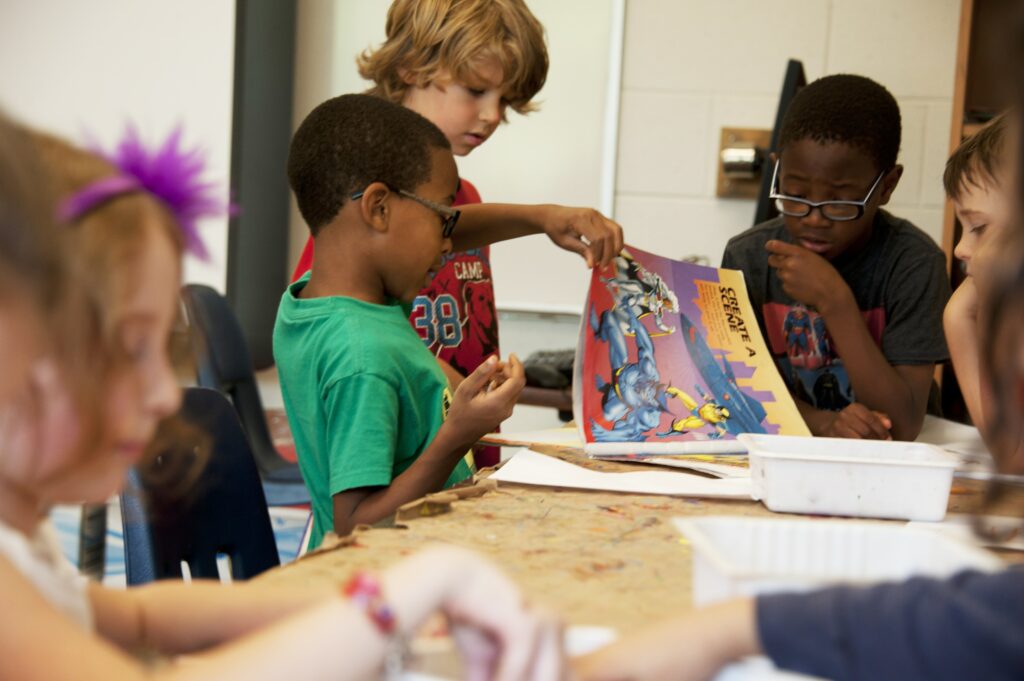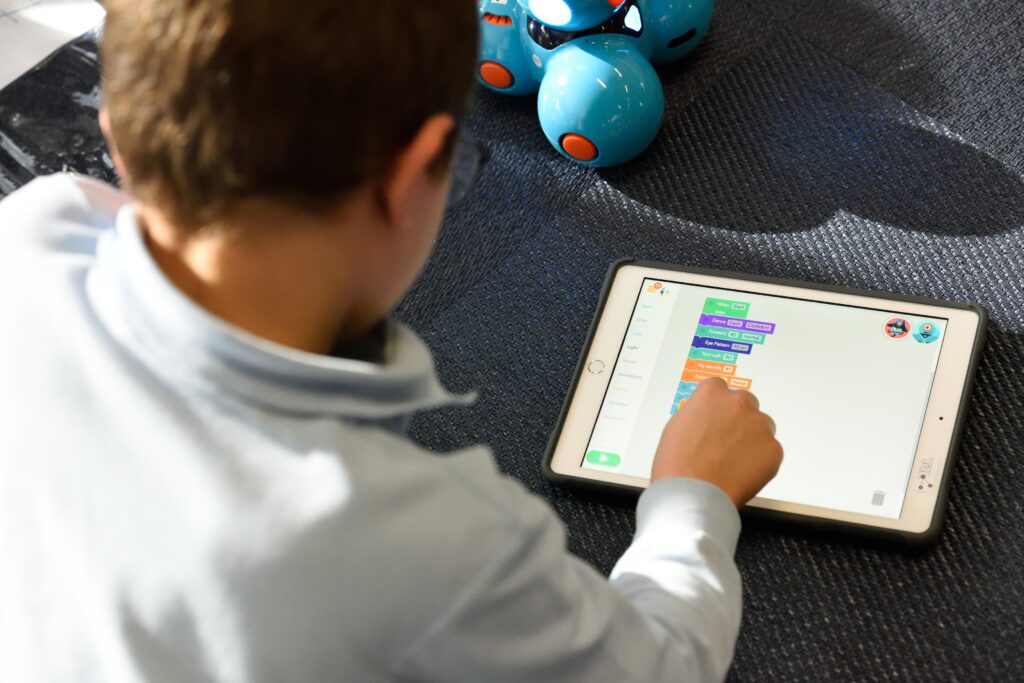As of this week, I have officially completed Open School BC’s Blended Learning course! This means that this blog post will be wrapping up any left over content, and next week I will be closing my inquiry and reflecting on where to go next. Last week, I technically finished all of the modules in the course, but as I previously mentioned the course updated halfway through taking it. So this week I went back and reviewed all of the new information that was added. The section that stuck out to me the most was how to support students with IEP’s (Individual Learning Plan) in a blended learning environment. Since I have been working closely with students on IEP’s or developing IEP’s this semester, I wanted to gain some more information out how blended learning impacts IEP’s.

The module started off with identifying some considerations to have when teaching students with an IEP in a blended learning environment. Blended learning can be positive for some students because it removes barriers that would be found in a typical classroom such as sensory overload, time constraints, and lack of technology supports. Its important to note that technology doesn’t necessarily mean a device such as a computer or iPad. Technology is any tool that a student uses to be able to complete a task. For example, I student may not be able to sit in regular chairs, so technology for that student might be a standing desk or a yoga ball chair. Blended learning can also present new challenges that were not prominent in a regular classroom. These challenges can include difficulty focusing, defiance/refusal, or lack of peer connection and behavior modelling. While blended learning may be the best option for a student, it can also feel like a loss of support that would have been present at school. However, this is not true. Communication and collaboration with support staff is just as possible and important as in a regular classroom.
When supporting students with IEP’s a teacher may need to make adaptions and modifications to their teaching practice. An adaptation is when teaching strategies and assessments are designed to meet a student’s needs so that they can meet the learning outcomes. A modification is used when the student is not able access the current curriculum. As a result they have a modified version of the curriculum separate from the curriculum of their peers. The module provides tip and consideration for adaptations and modifications in bleneded learning.
Adaptations can be made in four areas:
- Content: these adaptions are made to the information students are learning. Adaptations could include customized spelling lists, tailored math concepts, and added content related to a students unique interests.
- Process: these adaptations impact how a student makes sense of their learning. Adaptations could include graphic organizers, fading support throughout a task, outlines to follow during a lesson, etc.
- Product: these adaptations alter how a student demonstrates their learning. Adaptations could include draw a diagram, make a slide show, create a video or task cards, etc.
- Learning Environment: this environment is the physical and emotional space that students learn in. Blended learning is an adaptation to a learning environment because it allows students to learn at school for sometime and complete tasks at home or in another space.
There are many more adaptations that can be made is all of these areas, but what is most important is to find adaptations that work for each students unique needs. There is a good chance that adaptations are already being made by the teacher in a blended learning environment. However, teachers must make sure that IEP’s are being met with proper adaptations as well.
For modifications, there are not as straight forward tips and tricks because each modification is extremely specific to the student and their abilities. However, blended learning is still a great tool for these students because they can show their work from home using videos, photos, and work samples. One thing to be aware of with students on a modified IEP is inclusion. Since the student is already working on something different then their peers it can be really easy for that student to become socially isolated. In a blended learning environment that risk becomes even higher. With that said their are strategies to prevent social isolation:
- Peer tutoring through video conferencing (Zoom, MS Teams)
- Playing games online with classmates
- Class meetings via video conference
- Students presenting learning to one another
- Social/communication circles
- Video calls to read/visit
Whether we are building a typical classroom or a blended learning classroom, we must always remember to read through and stay up to date on our students IEP’s. It is our responsibility to support our students to the best of our ability to ensure they have the highest chance at success.



Leave a Reply
You must be logged in to post a comment.